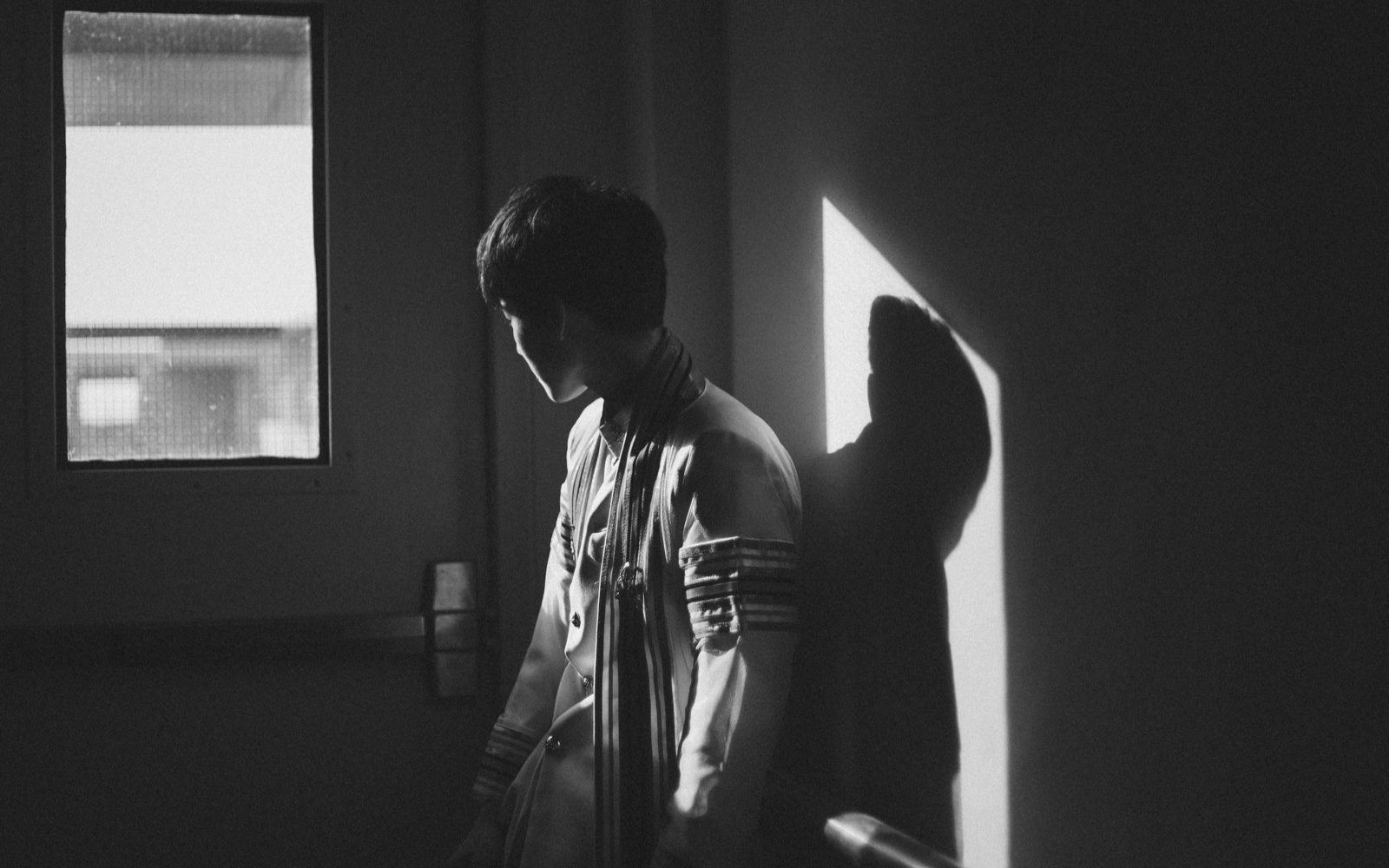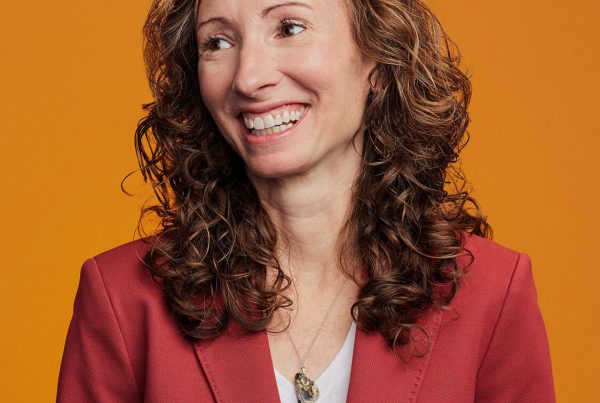The ongoing global pandemic has affected more than just the obvious. It has changed us all at a subconscious level, revealing our innermost desires. But as the world begins to slowly reopen, new behaviors will arise, requiring brands to deepen their understanding of what drives their ever-evolving consumer. Bhavik Joshi, VP, Strategy and Head of Insights, explains how to begin to make sense of the changes and strengthen your brand’s empathy muscle.
As the United States slowly opens back up, many people will inevitably feel the need to rush back to normalcy and the comfort of once-familiar behaviors—getting a haircut, dining in at restaurants, meeting long-lost friends, maybe even catching a concert in a park. Whether that normalcy is real or merely a resemblance remains to be seen. Unbeknownst to us, the subconscious effects of the ongoing pandemic on our mindset and behavior will continue to unfold, even after we are back to our pre-quarantine routines (more or less).
While brand-builders and researchers begin the work of rebuilding resonant relationships with their consumers, below are a few important reminders we have found helpful in the process of understanding your changing consumer.

Acknowledge their inner anxiety.
A lot has changed. And lasting change happens either with time or through trauma. Which of these changes are temporary and which ones are here to stay, will be determined by how long this crisis lasts and how large-scale its impact is. On the surface, it might seem like people have adapted and will continue to adapt—we’ve set up workstations at home, upgraded our Wi-Fi speeds, raised one too many glasses in virtual happy hours, and gotten creative with (and, bored of) Zoom backgrounds. But, as many of us consider the give-and-take of reentering the outside world, people are masking their inner anxieties. Acknowledge that. It is the first step toward understanding the people that you and your brands serve.
Imagine the life of your “social connector” segment in a world of prolonged social distancing.
Be curious about what has changed in their lives.
Suddenly, the rules that have long governed how we make sense of this world, see ourselves in it, and navigate through it, have changed: what we can do, where we can go, who we can meet, and how we live our “normal” lives. Even Maslow’s Hierarchy appears flipped on its head, with people prioritizing safety over higher-order needs. The hierarchy also seems to have toppled in another significant way: people are acknowledging the power of the collective—and recognizing their roles in and responsibilities toward it—over an individualistic pursuit of self-actualization.
This temporary rearrangement of our needs gives rise to an internal tension, because it is not sustainable to live with a near-constant undercurrent of worry for our and others’ health and safety.

Because doing so for prolonged periods of time leaves the rest of our needs unfulfilled—to communicate, connect and relate to others; to creatively self-express; to show love; and to live life to our fullest potential.
In light of this, as a brand-builder, ask yourself: how might my consumers be coping with this inverted hierarchy of needs? For instance, imagine the life of your “social connector” segment in a world of prolonged social distancing. Or, the behaviors of your status-driven consumer at a time when prestige signals are unavailable (at best), and unwelcome (at worst). Or, the motivations of your independent-minded design target in a world where everyone’s health and safety is important. These changes aren’t insignificant, and they’re shifting consumers’ relationships with—and expectations of—brands.
It takes significant time or trauma to overwrite what is hardwired in us.
Pay attention to what has remained the same.
If there is one word that has forced its way into our collective vocabulary, it’s essential. This crisis has given people the rare opportunity to not only re-evaluate what is essential to them, but also introspect about their own essence. The primal itch hasn’t gone away—it takes significant time or trauma to overwrite what is hardwired in us. However, your consumers might be scratching that itch differently, now. As the saying goes: adversity does not build character, it reveals it.
What do people consider valuable now? Or, said differently, what does “value for money” mean in the current context? Has another personally valuable resource (besides money) become the measure of what and how much people are willing to exchange in return for what they consider “essential?” Brand-builders should pay attention to the nuances of these shifts, filter that understanding through the brand lens, and respond accordingly. In short, pay attention to the real depths and essence of what is being revealed.
Think about product-agnostic ways to reaffirm your brand essence.
Be a source of safety (of some kind) for them.
Before this pandemic, building enduring brand equity was inextricable from delivering it via products. Covid-19 has required brands to think about product-agnostic ways to reaffirm their essence in the lives of their consumers. Yeti, Burger King and Heinz (to name just a few) are embodying their essence in new and creative ways. As consumers continue to change in these unprecedented times, so must the brands that serve them. And if done right, they can be people’s port in this storm, and be a source of physiological, mental, emotional and psychological safety to the people they serve.
Empathy demands perspective-taking, vicariously inhabiting the contexts of another, and experiencing their innately human tensions domiciled in those contexts—to such an extent that one feels compelled to act to resolve those tensions. Now, more than ever, the contexts in which people (your brand’s consumers) are living their lives have changed. Adopting the rigor of working on and strengthening your brand’s empathy muscle will yield stronger resonant relationships in our currently uncertain times, but also in the long run.








